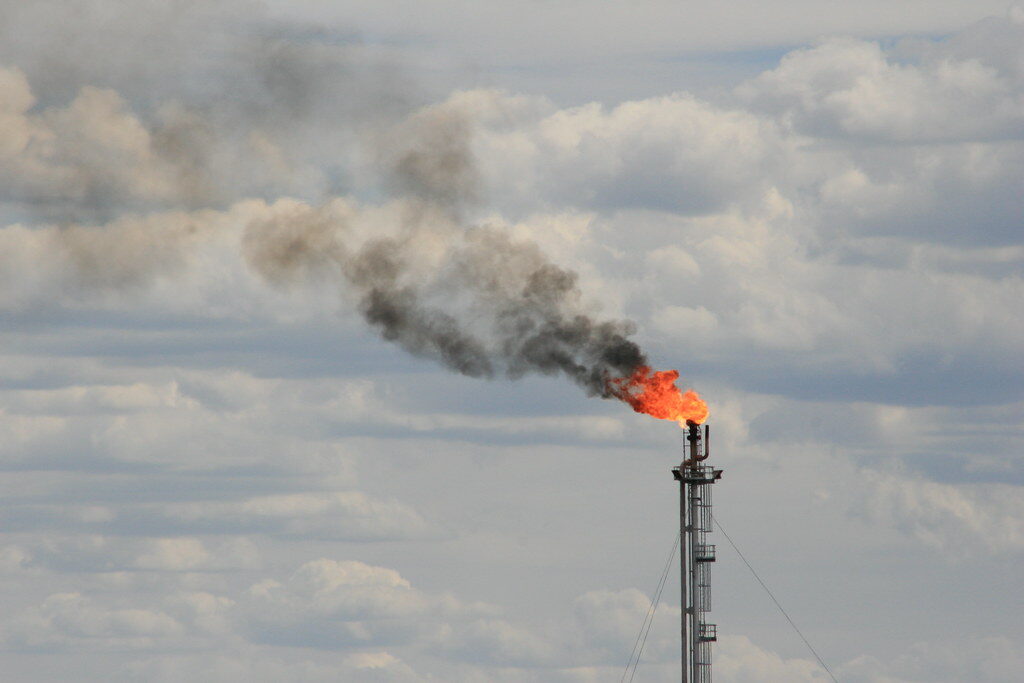The Australian Government has secured support in Federal Parliament to reform a key national climate policy – the Safeguard Mechanism – in exchange for improvements to the policy. After weeks of negotiations, the Government and the Greens have agreed to a package which will force Australia’s biggest polluters to make deep cuts to their carbon pollution.
This will be the first national reform to cut emissions in a decade, showing Australia’s era of climate gridlock in Federal Parliament is over.
What is the Safeguard Mechanism and what will it do?
The Safeguard Mechanism regulates the emissions of Australia’s 215 biggest polluting facilities, including a who’s who of fossil fuel companies and big miners – like Santos, BHP, Anglo Coal, Woodside, Chevron and Rio Tinto.
Since being introduced by the Abbott Government in 2016, the Safeguard Mechanism hasn’t worked. The former government set national pollution ‘limits’ that were in fact much higher than the amount that companies were polluting. This meant pollution-as-usual. If these companies did happen to exceed the so-called ‘limits’ that were set, the former government often just let them set new ones anyway, without any penalty.
Now, the Parliament has agreed to strengthen the Safeguard Mechanism so that it actually reduces emissions. The agreed plan will set a genuine limit on the amount that our biggest companies can pollute each year, and then progressively lower these limits over time until Australia gets to net zero.
That means big polluters will be forced, under law, to make genuine cuts to their emissions, and invest in technology and solutions that will decarbonise our industries and lead to a cleaner future.
Why is this an important step forward for climate action in Australia?
Together, the 215 facilities covered by this policy account for almost 30% of Australia’s total emissions. But for too long, they’ve had a free ride to pump out harmful emissions without any penalty. Australia simply cannot meet – or improve on – our legislated emissions reduction targets and make real progress on tackling harmful climate change if these big polluters do not start pulling their weight on cutting harmful carbon pollution. A strong Safeguard Mechanism is one important tool in ensuring they do.
Importantly, the reform package agreed on today improves the Government’s original proposal in several important ways that Climate Council has advocated for, including:
- Putting a hard cap on total emissions under the Safeguard Mechanism to ensure new and expanded fossil fuel projects can’t blow this carbon budget out and drive up national emissions
- Making new gas facilities accountable for their onsite emissions from day one, so they are not forcing other future-focused industries to make even deeper cuts to their emissions
- Subjecting any new project that would add significantly to emissions under the Safeguard Mechanism to a rigorous assessment and acting on the findings of this
- Sending a clear signal that big polluters should genuinely cut their emissions, not just rely on offsets to account for their pollution
- Ensuring public funding through the Powering the Regions Fund is not directed to coal and gas projects and only supports future-focused industries.
These improvements are essential to ensure the Safeguard Mechanism genuinely drives down emissions and makes it harder for any new coal and gas projects to go ahead.
What else do we need to do now?
Strengthening the Safeguard Mechanism is an important step forward on climate action for Australia. Now, we should build on this momentum to drive even deeper cuts to emissions. To avoid the worst impacts of harmful climate change, Australia should be working to cut our emissions by 75 percent by 2030, and reach net zero by 2035. We should also end the development of new coal and gas projects, and start a managed phase out of existing fossil fuels.
As a priority to deliver this, Australia needs strong environmental laws that properly consider climate impacts; an end to fossil fuel financing and public subsidies; much tighter limits on offsetting to ensure we are achieving genuine and steep emissions reductions; and a ban on greenwashing so coal and gas companies can’t keep gaslighting us about their climate plans.
We have a narrow window this decade to tackle the climate crisis and avoid the worst consequences, so strengthening the Safeguard Mechanism should be the first of many actions our national Parliament takes to cut harmful carbon pollution.
For more on Climate Council’s position on the Safeguard Mechanism reforms, please see our submission here.
Glossary of terms:
Hard cap – An absolute ceiling on actual (gross not net) emissions. The strengthened Safeguard Mechanism settings will cap total emissions under the scheme so they are never higher than the current level of emissions today – 140 million tonnes of CO2-equivalent pollution.
Rigorous assessment of emissions – Because of this new hard cap, any project that could lead to the Safeguard Mechanism’s emissions ceiling being breached must now be assessed by the government. They will have to take action to ensure the carbon budget is not breached, such as imposing project-specific requirements for how emissions are to be dealt with.
Make new gas projects fully accountable – The updated settings will ensure new gas projects for the LNG export market do not add to total emissions in Australia, by requiring them to have net zero C02 emissions from their first day of operation.
Genuine emissions reduction – To tackle harmful climate change, emissions from our biggest polluters must really go down – this is genuine emissions reduction. It is different from net emissions reduction, where companies keep polluting as usual and pay for offsets or credits to account for their emissions. The scheme now sends a clear message to polluters that they should be working to genuinely cut their emissions, not just try to pay their way out of doing so by relying on offsets.
Powering the Regions Fund – The federal government has established a fund to support facilities in the Safeguard Mechanism to transition to cleaner operations. None of this funding will now be available to coal or gas projects.
Information is accurate at time of publishing based on available information, subject to change with final legislation wording.
Want to be the first to receive our reports about climate change? Join the Climate Council today.











